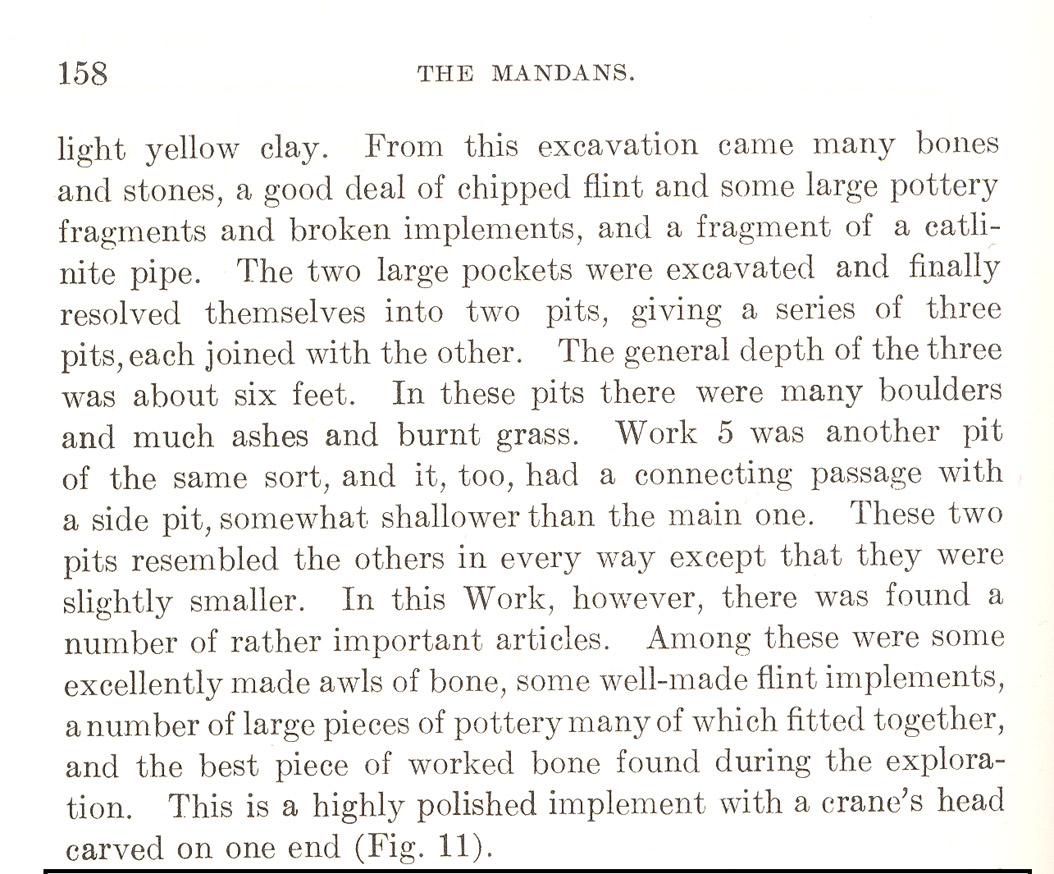George Will was born in 1884. His father, Oscar H. Will, started the seed company in Bismarck. George graduated from Bismarck High School in 1902 and then attended Harvard. At Harvard, George Will studied anthropology, archeology, and horticulture. He returned to Bismarck to work in his father’s seed business.
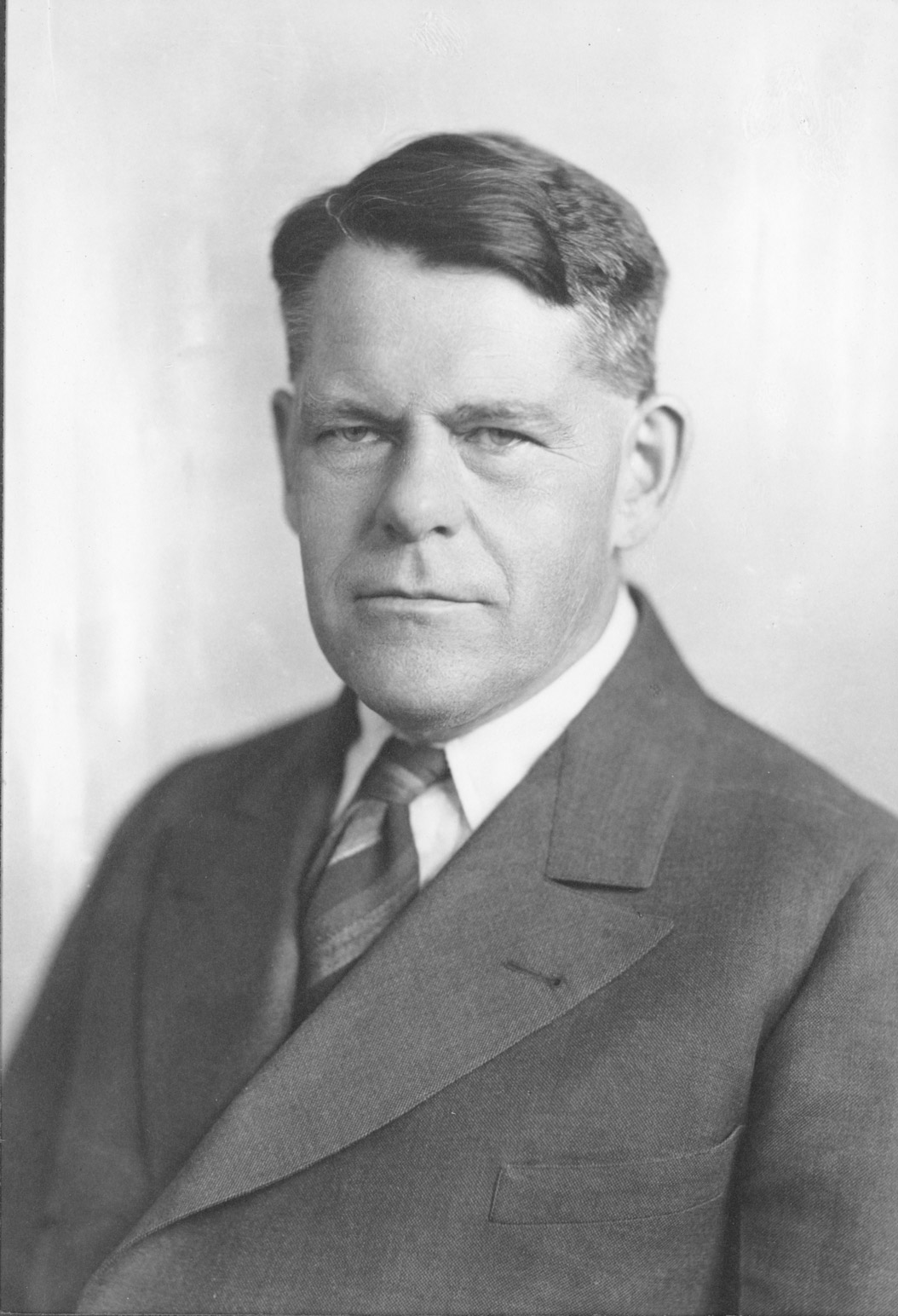
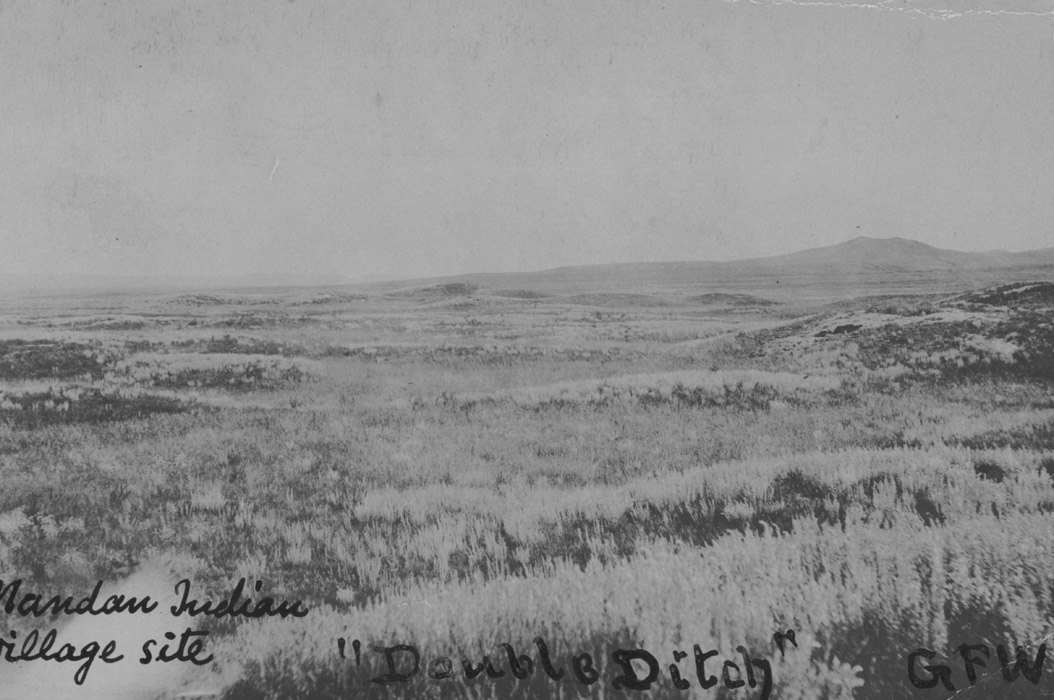
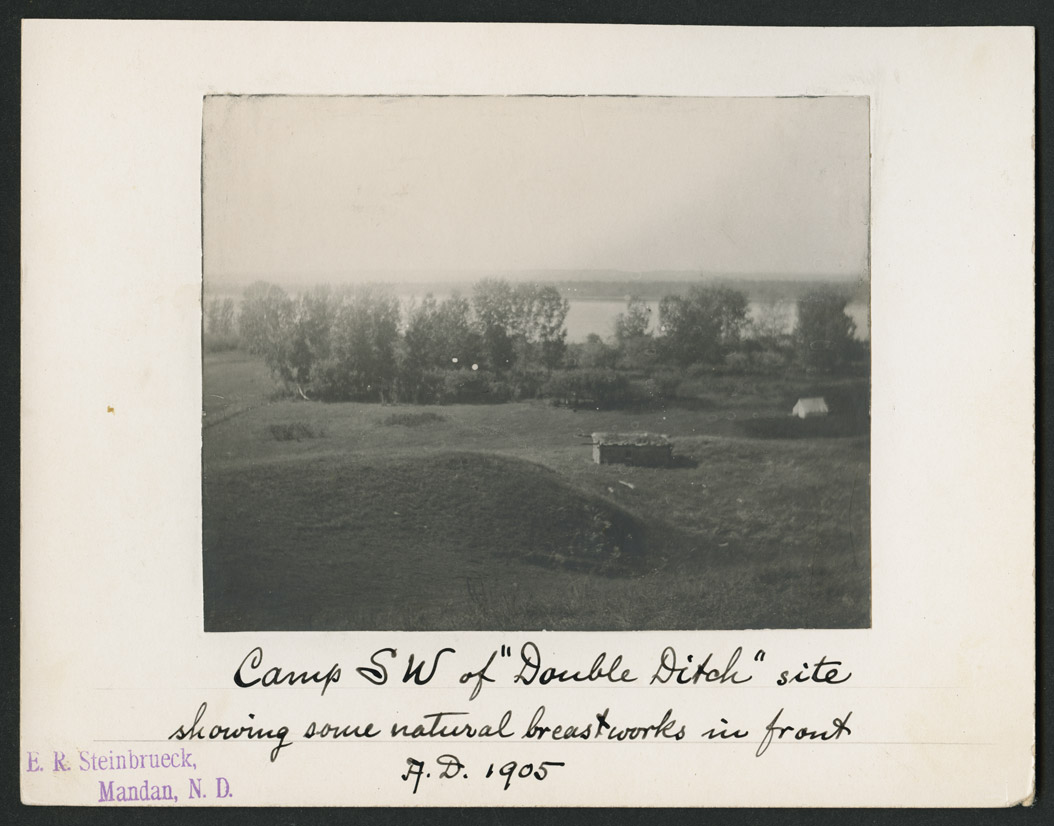
In 1905, as an undergraduate at Harvard, George Will (See Image 29) surveyed the ancient earthlodge village called Double Ditch. (See Image 30) The excavations that Will and three of his classmates made at that site were the first careful studies of Double Ditch villages. (See Image 31) They found evidence that the people who had lived there raised corn, beans, and other vegetables. They also hunted and ate bison.
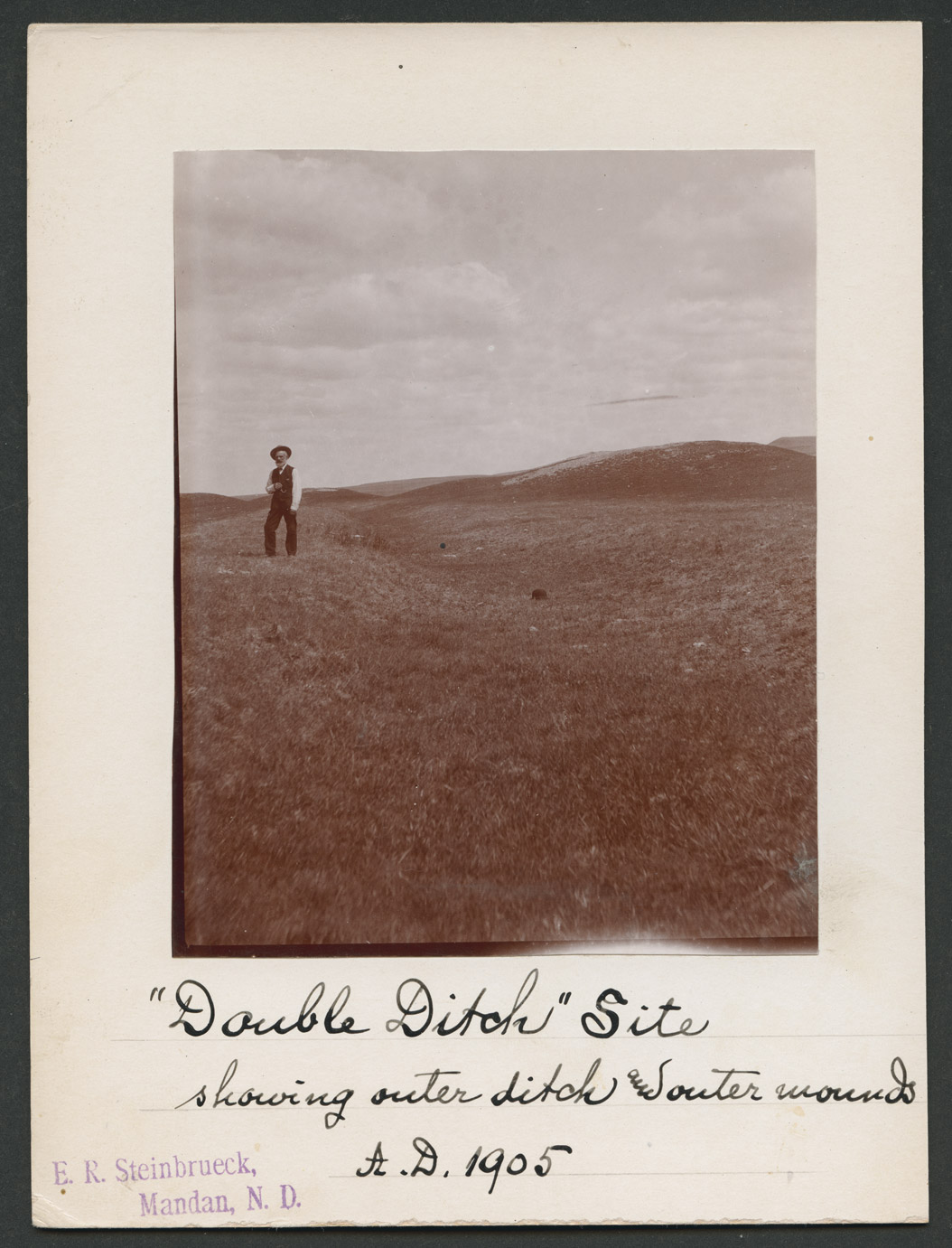
On the surface, the students found remains of two ditchesToday we know that there were actually four fortified villages on this site. Sophisticated equipment that measures magnetic resonance has helped archeologists locate the two earliest ditches protecting even larger villages. These older ditches are not visible on the surface. with mounded walls, circular houses, and cache pits. (See Image 32) Each ditch indicated the presence of a village. The site had been occupied by successive villages, each one smaller than the one before. The students learned that the mounds allowed the village guards to watch for anyone approaching the village from the east, north, or south. (See Image 33) The west side was protected by the high banks of the Missouri River. Will and his friends identified the bastions, or extensions of the earthen walls as part of the protective system of the village.
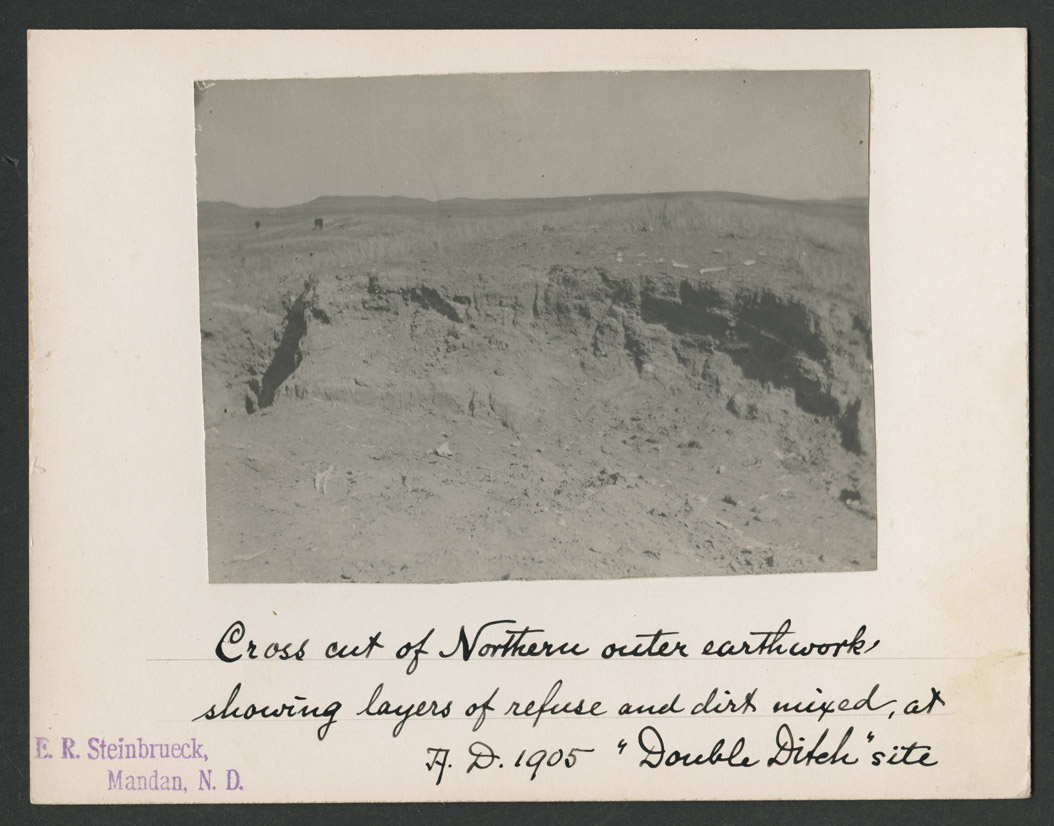
Among the bits of archeological evidence that Will found beneath the surface were tools, spear and arrow points, bits of pottery, and pieces that may have been used for decorating pots. (See Document 7) They found a small piece of copper which suggests that the residents of these villages engaged in trade with people from places where copper was available. It is also possible that the copper piece was dropped by someone who visited the village while it was still occupied. They also found bits of charred corn indicating that the people who lived here raised and ate corn. (See Image 34)
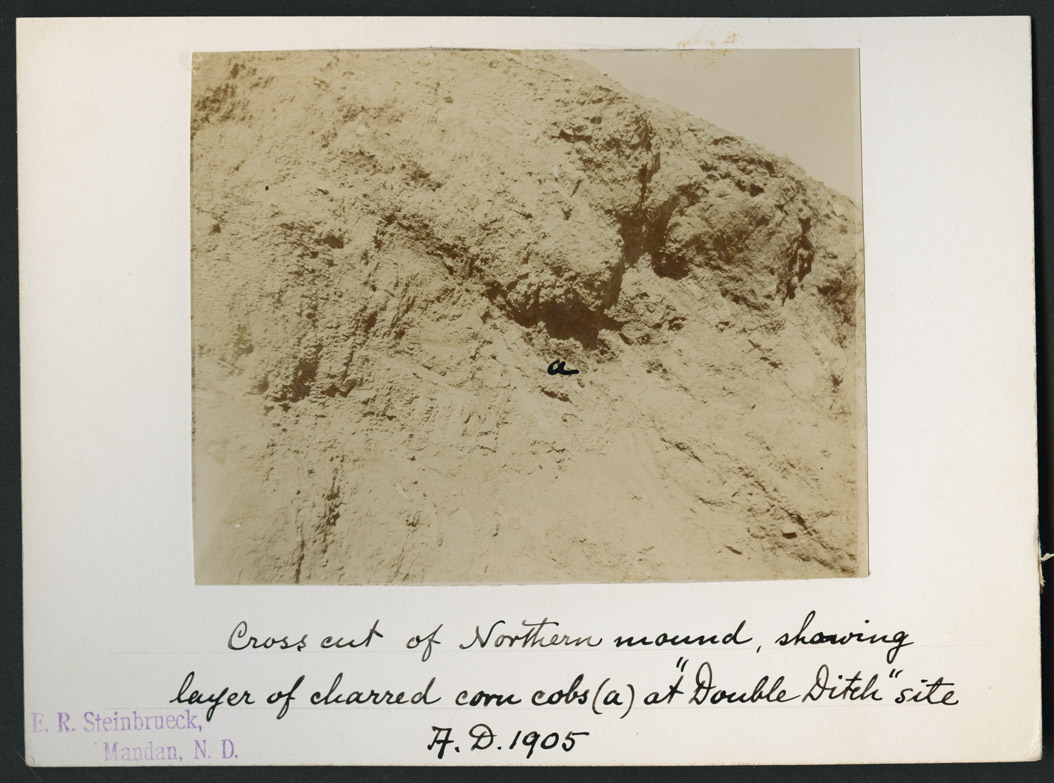
Before they graduated from college, George Will and his classmates published a book about their studies. The book, titled The Mandans, included a thorough history of European American visits to the Mandan villages, a report on the excavations of 1905, and a study of the Mandan language. (See Image 35)
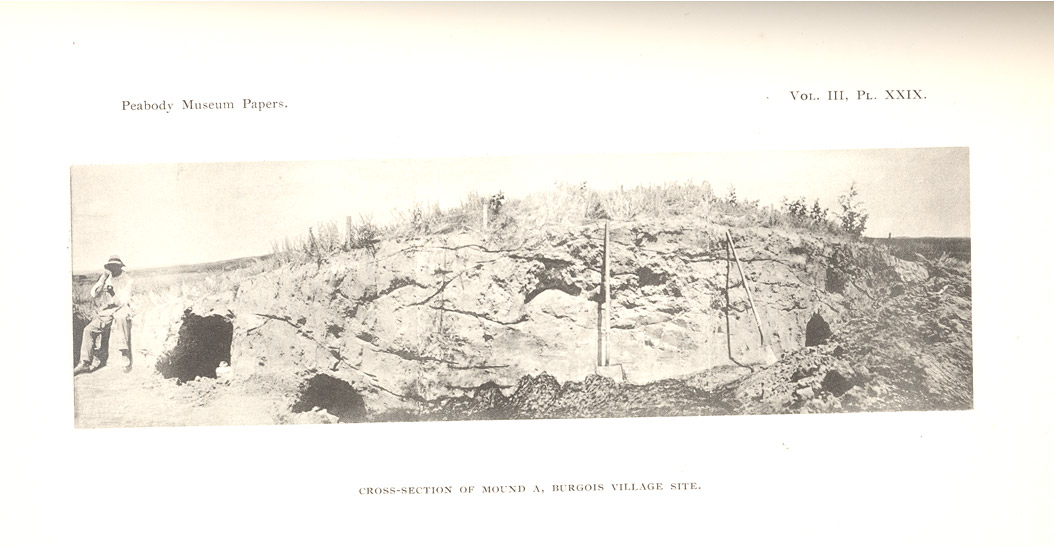
George Will maintained a life-long interest in archeology and history. In 1910, he studied another earthlodge village site near the mouth of Apple Creek south of Bismarck. That site had been farmed by the present owners and did not provide the archeologists with as much information as they had found at Double Ditch.
By the end of his life, George Will had written and published dozens of books and articles about the pre-history and the history of North Dakota, in addition to dozens more books about horticulture and agriculture. Will combined his interests in archeology, anthropology, and horticulture to write Corn Among the Indians of the Upper Missouri (1917.) This book is still considered an important resource on the history of corn as it was raised and used by American Indians of this region. Will also wrote the first translation of Military Life in Dakota: The Journal of Philippe Regis de Trobriand, the important memoir of General Regis de Trobriand. The book was originally written in French.
Why is this important? Among the early archeologists, historians, anthropologists, and linguists who studied and preserved the culture of the native peoples of this region, George Will is the only one who was born and lived in North Dakota. His education prepared him to take the interests of his childhood and turn them into lifelong work. His books and records of his earthlodge studies help us understand the distant past and remain valuable resources for modern archeologists, horticulturalists, and historians.




